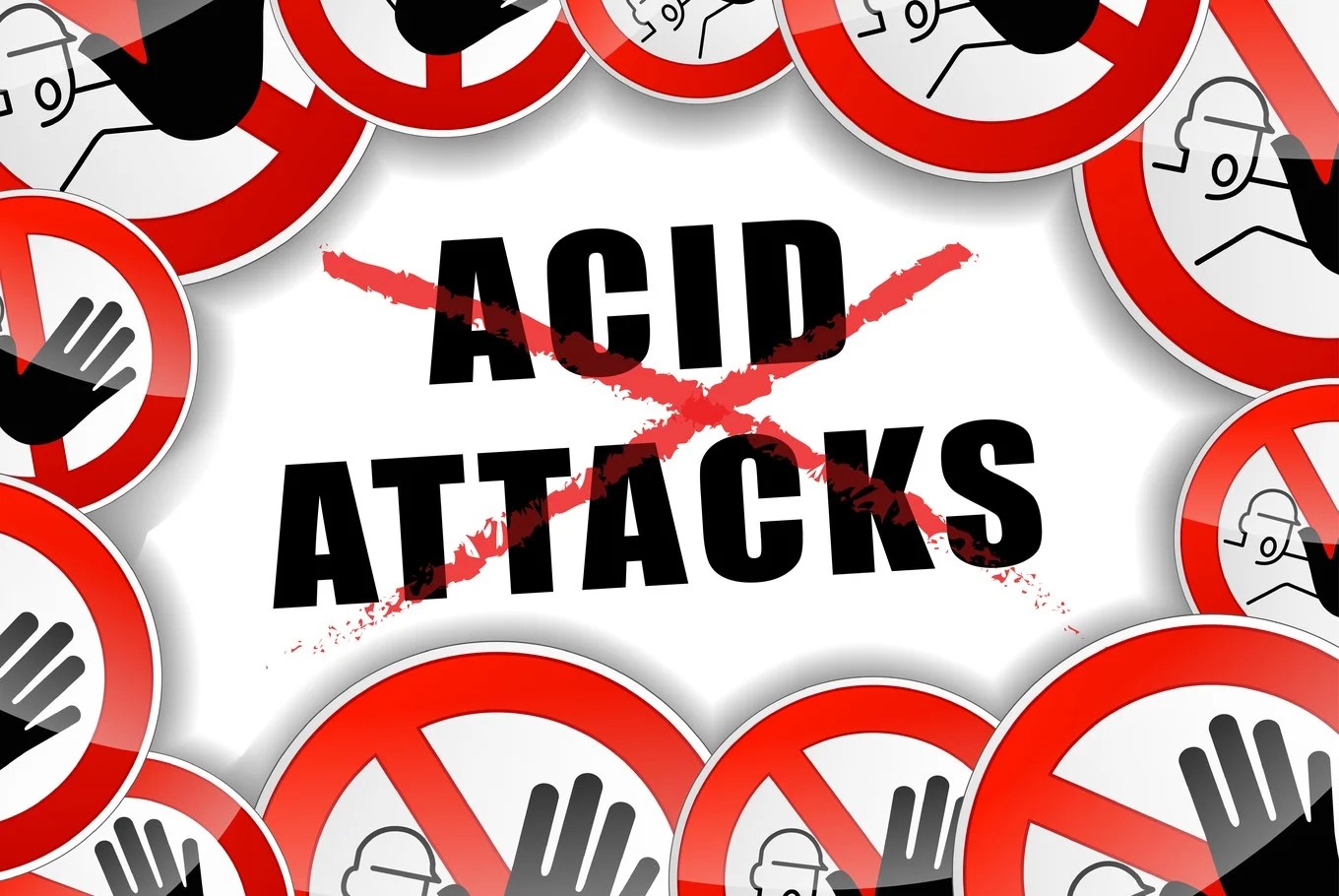While criminal law may deliver justice to the victim through punishment, the true healing lies in ensuring that such an incident never repeats

The recent acid attack on a school-going minor in North Goa has sent a wave of shock and revulsion across the state. The attack occurred in broad daylight at a public bus stand. According to police reports, a man approached the victim and hurled a corrosive substance before fleeing the scene.
Preliminary investigation has led to the arrest of an individual, a middle-aged man who is believed to have been driven by personal grief. Reports suggest that his daughter had died by suicide a month prior, and he allegedly blamed the minor for having influenced that fatal decision. The act, which is classified as a serious offence under criminal law, demands not just criminal prosecution but also a deeper examination of public safety, institutional failures, and the weakening apparatus of rule of law in Goa.
Failure of due process
before tragedy
The alleged motivation behind the crime points towards a gaping procedural void: the police reportedly failed to conduct a timely and transparent inquest into the suicide of the man’s daughter. The BNS, 2023, mandates an inquest in cases of unnatural death, particularly when suspicion arises that the death may have been abetted or caused by another’s actions.
Whether the accused’s belief was justified is immaterial to the present crime; however, the state's inability to rule out third-party involvement at the time of his daughter's death may have fed the perception of injustice and caused emotional escalation. A properly conducted inquest might have prevented the present tragedy by redirecting the accused’s sense of grievance into lawful channels.
Industrial acid and
illusion of regulation
The attack also raises troubling questions about the availability of hazardous substances in the civilian domain. Since the landmark decision in Laxmi v. Union of India (2013), the Supreme Court has laid down strict protocols for the retail sale of acid, including mandatory ID verification, maintenance of logbooks, and daily reporting to the local police (Laxmi v. Union of India, 2013). States were instructed to create acid sale registries and empower district magistrates to license and audit vendors.
Despite these directives, the ease with which the accused procured a corrosive agent for personal vengeance indicates that the regulatory regime exists largely in theory.
The Poisons Act, 1919, and the Explosives Rules, 2008, are rarely invoked in enforcement proceedings. Goa, in particular, lacks a centralised database on acid vendors, nor has it established a single-window grievance redressal platform for violations of the acid control rules.
Erosion of confidence
in institutional justice
The deeper malaise, however, lies in the growing disillusionment with formal justice. When an individual takes the law into his own hands, it reflects a failure of the institutions that exist to resolve grievances within the constitutional framework. As the Supreme Court held in Raghbir Singh Gill v. State of Punjab (1992), the legitimacy of the criminal justice system hinges on timely, impartial, and transparent action by state authorities. The failure to investigate the prior suicide incident with due diligence likely fed the belief that justice would never arrive through official channels.
This incident must also be read in conjunction with a rising trend of vigilantism and emotional retaliation in situations involving minors and sensitive relationships. In the absence of proactive counselling, mental health support, and legal awareness, citizens increasingly resort to private justice. That Goa, a state known for its peaceful civic environment, should witness such a violent personal vendetta is a grim indictment of present institutional lethargy.
Media speculation and
community narratives
It is also worth cautioning against media sensationalism that surrounds such events. In the immediate aftermath of the attack, numerous social media posts and informal networks circulated speculative narratives about the nature of the victim’s relationship with the deceased girl. These discourses, often laced with gender stereotypes and moral panic, do little to advance justice and instead fuel polarisation.
The Press Council of India’s guidelines on reporting juvenile crime and suicide cases require strict anonymity, discretion, and editorial restraint (Press Council of India, 2022). The identity of the minor victim and the deceased must not be disclosed, directly or indirectly. Responsible journalism must now become an extension of justice rather than a parallel court of public opinion.
Blueprint for institutional
accountability
There are several clear steps the state can take. First, the ongoing investigation must be monitored to ensure that it considers not just the culpability of the accused but also the institutional failures that preceded the attack.
Second, a district-level audit of acid sales and licensing must be conducted immediately, with penal action against vendors who failed to maintain transaction records.
Third, police stations must be sensitised and mandated to conduct inquests within 24 hours of reporting suspicious deaths.
Finally, a victim-centric rehabilitation framework must be activated to ensure medical and psychological support for the injured boy when his health condition may recover.
A state on trial,
not just a man
The present acid attack is not simply a private tragedy between two families. It is a public failure of the systems meant to protect all citizens, especially the vulnerable. While criminal law may deliver justice to the victim through punishment, the true healing lies in ensuring that such an incident never repeats. Goa must now answer a larger question: when institutions retreat, who protects the innocent?